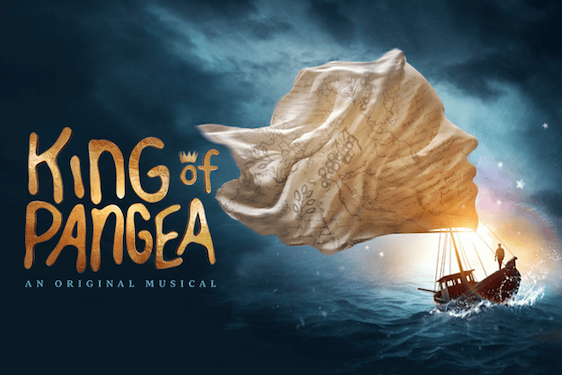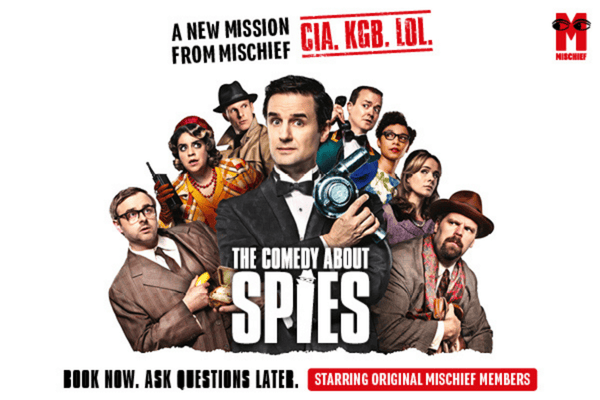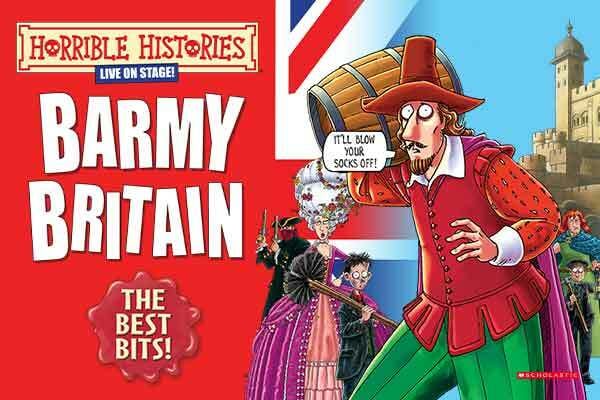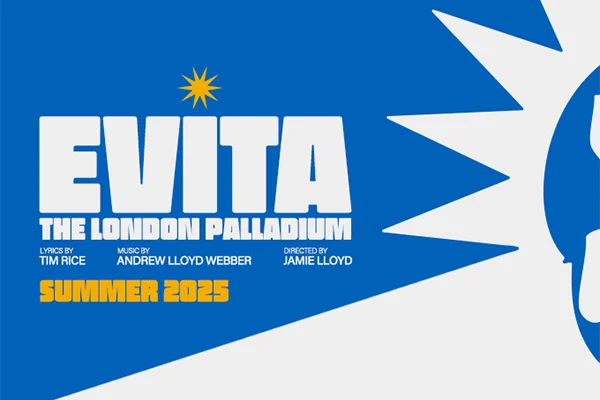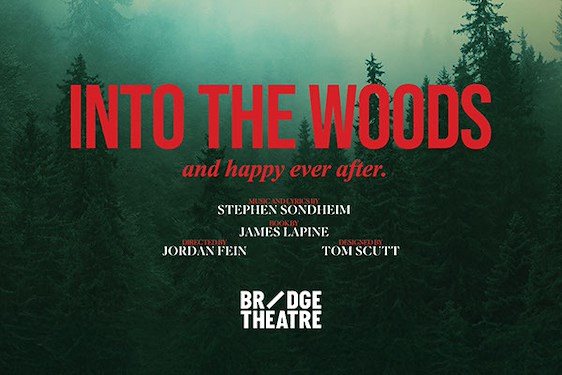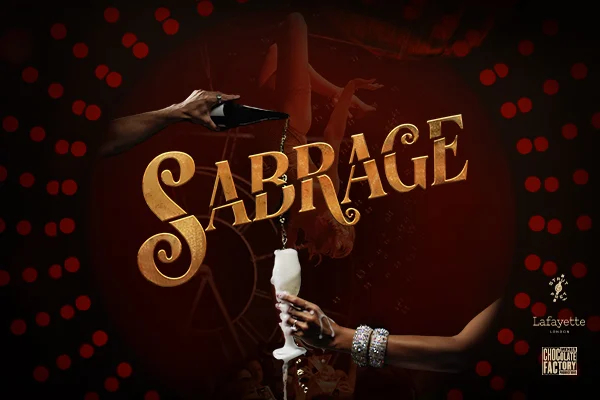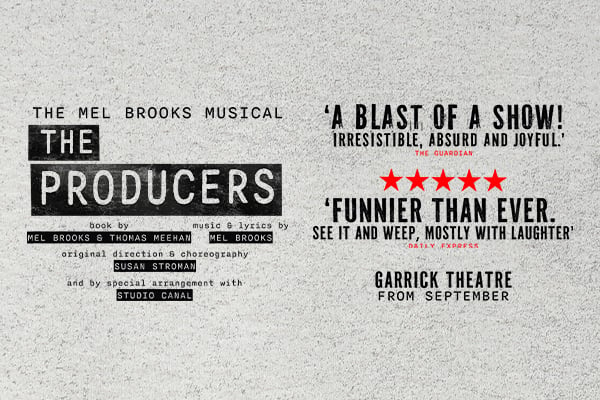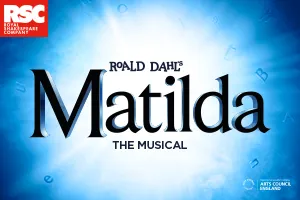Where would school theatre be without A Midsummer Night’s Dream and Twelfth Night? The latter is certainly a popular Shakespeare play for drama educators, with its saga of shipwreck, separated twins, and gender-confused love triangles, all told through elegant text that, when played out carefully, facilitates comic imagery and moments of hilarity. This is the story that Bede’s School chooses to present in this one hour abridged version.
Movement, shape and ideas are good, but more work is needed on the language
The choreography here is flowing and elegant, with the performance opening and closing with dance numbers that work well. The opening number uses some funky club-style dancing to create the shipwreck, while the closing dance is more akin to those favoured by Dromgoole in his days at the Globe. The movement and use of space is less convincing in the spoken scenes, however, with too much of the action pushed into the corners of the in-the-round stage. This particular space has a clearly defined stage with a black floor limited by thick white lines, beyond which there is a carpet. All too frequently, however, the actors speak their lines from the carpet rather than the stage, and this undermines the cast’s ability to present pictures that satisfy, not least because the carpet is not lit. These young actors need to be more discipline in their use of space and their spatial awareness.
Jolie Phillips carries much of the show as a demonstrative and feisty Sir Toby Belch, while Ruby Dare partially captures the moody yet love-struck teenager in Olivia. There is a good rapport between the confident Sebastian Robinson (Sebastian) and an elegant Charlie Maidens (Antonio).
Shakespearean language is notoriously difficult to comprehend, however, and we depend on the cast to help us understand the text and its impact on the story as we go. In this performance, it is not evident that the actors have a confident understanding of their material, and this leads to lines being rattled off, much of the meaning lost, and the available humour not really delivered. The cast would benefit from sitting down with their text, understanding the meaning of everything they say, and reflecting on what to emphasise in order to convey its full meaning and intention.
There are some clever moments, however – the use of texts rather than letters to set up Malvolio, for example, and a disturbing binding of the steward to a swivel chair, which conjures up dark images of kidnapping, perhaps darker than intended.
All in all, movement, shape and ideas are good, but more work is needed on the language.







